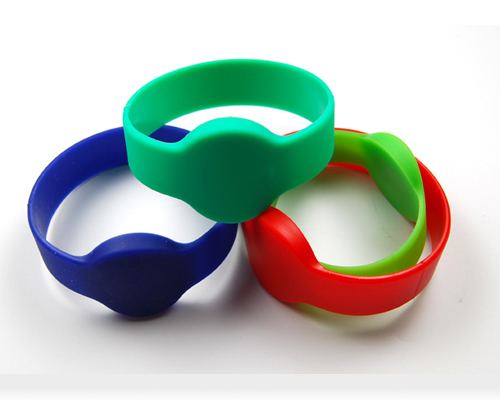RFID Tag Placement
http://www.enjoyrfid.com/ 2016-12-16 16:04:52 From:Enjoyrfid Technical Hit:
RFID Tag Placement
Damage to tags is avoided by taking care not to place tags where physical contact is likely during handling. Tags should not be placed over box seams where they could be destroyed by the container being opened. Placement of tags for successful interrogation comes with experience and testing. Understanding the physics of radio waves helps, but trial and error works too.
When choosing to use RFID-enabled MSL or exterior container labels, the placement of these labels must be consistent with ?5.3.2. However, this might result in unreadable tags due to the nature of the container contents. Should this problem occur, use of a generic RFID label may be called for, since the rules for its placement, as defined by the DoD Passive RFID Suppliers Guide, are more relaxed.
The placement of RFID tags on palletized unit loads must meet the same criteria for readability and survivability. Additional care must be taken to ensure that the pallet tag does not interfere with any container tag. A four-inch separation is recommended. The pallet tag should not be attached to any of the containers, as may cause confusion after the pallet is broken apart (singulated).
A common question regards the possible need for a pallet tag on containers large enough to require a pallet for handling. Because this is a single container, it is referred to as a skidded load, requiring only a container (Case) tag. Palletized loads are created two or more exterior containers are placed on a pallet with the intention of be treated as a single entity. In such situations, each exterior container(Case) is tagged. The pallet receives its own (Pallet) tag, and the data associated with it summarizes the contents of the pallet, so that the Case tags do not have to be read. In some densely packed pallets, not all of Case tags may read successfully.
Damage to tags is avoided by taking care not to place tags where physical contact is likely during handling. Tags should not be placed over box seams where they could be destroyed by the container being opened. Placement of tags for successful interrogation comes with experience and testing. Understanding the physics of radio waves helps, but trial and error works too.
When choosing to use RFID-enabled MSL or exterior container labels, the placement of these labels must be consistent with ?5.3.2. However, this might result in unreadable tags due to the nature of the container contents. Should this problem occur, use of a generic RFID label may be called for, since the rules for its placement, as defined by the DoD Passive RFID Suppliers Guide, are more relaxed.
The placement of RFID tags on palletized unit loads must meet the same criteria for readability and survivability. Additional care must be taken to ensure that the pallet tag does not interfere with any container tag. A four-inch separation is recommended. The pallet tag should not be attached to any of the containers, as may cause confusion after the pallet is broken apart (singulated).
A common question regards the possible need for a pallet tag on containers large enough to require a pallet for handling. Because this is a single container, it is referred to as a skidded load, requiring only a container (Case) tag. Palletized loads are created two or more exterior containers are placed on a pallet with the intention of be treated as a single entity. In such situations, each exterior container(Case) is tagged. The pallet receives its own (Pallet) tag, and the data associated with it summarizes the contents of the pallet, so that the Case tags do not have to be read. In some densely packed pallets, not all of Case tags may read successfully.
post comment(0)






